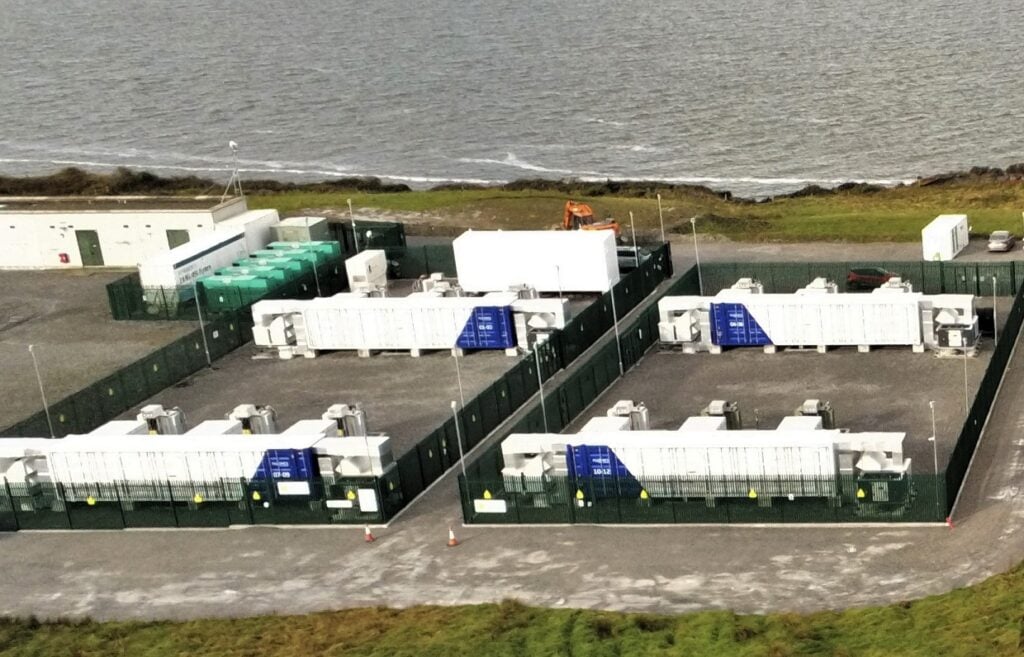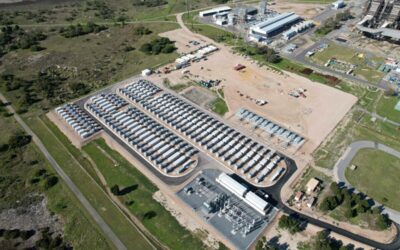
Statkraft participated in what it says was the largest dispatch of energy from battery storage to the Ireland grid to-date, on 14 July.
Ireland today has around 650MW of energy storage online but this has mostly been used in frequency response services for system stability rather than helping security of supply, Statkraft said. Energy-Storage.news has covered significant examples of this in the past.
The island faces several challenges in securing adequate supply, including increasing unreliability of legacy power plants, high demand and the growth of energy-consuming data centres, which grid operator Eirgrid has estimated could account for 29% of energy usage by 2030.
Eirgrid has recently started to trial the use of energy storage to support the system at times of reduced margin and system stress.
Try Premium for just $1
- Full premium access for the first month at only $1
- Converts to an annual rate after 30 days unless cancelled
- Cancel anytime during the trial period
Premium Benefits
- Expert industry analysis and interviews
- Digital access to PV Tech Power journal
- Exclusive event discounts
Or get the full Premium subscription right away
Or continue reading this article for free
On July 14th, when energy margins were tightest, Statkraft was called upon to provide over 60MWh of energy from its battery storage projects across two hours, followed by another, smaller dispatch two dates later for the same reason.
The Norway-headquartered company has two co-located battery storage units of its own in Ireland but also optimises the storage assets of many other owners using its automated trading optimisation platform Unity, equating to nearly 40% of the overall storage capacity on the island. This includes some 100MW of projects owned by investor Gore Street Capital and 68MW of energy company RWE’s.
Nick Heyward, Statkraft’s head of UK Storage – Markets, says: “It is a welcome development to see larger amounts of storage being dispatched to support Ireland’s electricity market at critical times. I am delighted that Statkraft was able to support such a significant demonstration of battery storage, and we look forward to seeing more of our customers’ assets contribute during the upcoming winter.”
“However, there is more to do before storage assets can participate more actively in wholesale markets, not just at times of system stress, to further support the low-carbon transition and to reduce overall costs for consumers. We look forward to working further with EirGrid and our customers in this area.”
Statkraft is majority-owned by the Norwegian state and is responsible for the majority of the Nordic country’s hydropower assets, its core business. But it also runs substantial solar and wind assets as well as gas and other technologies across Europe and optimises other owners’ assets too as with energy storage in Ireland.
While operating substantial pumped hydro energy storage assets, the company has a relatively limited portfolio of battery storage so far, limited to a handful of co-located assets in Ireland and Germany.





